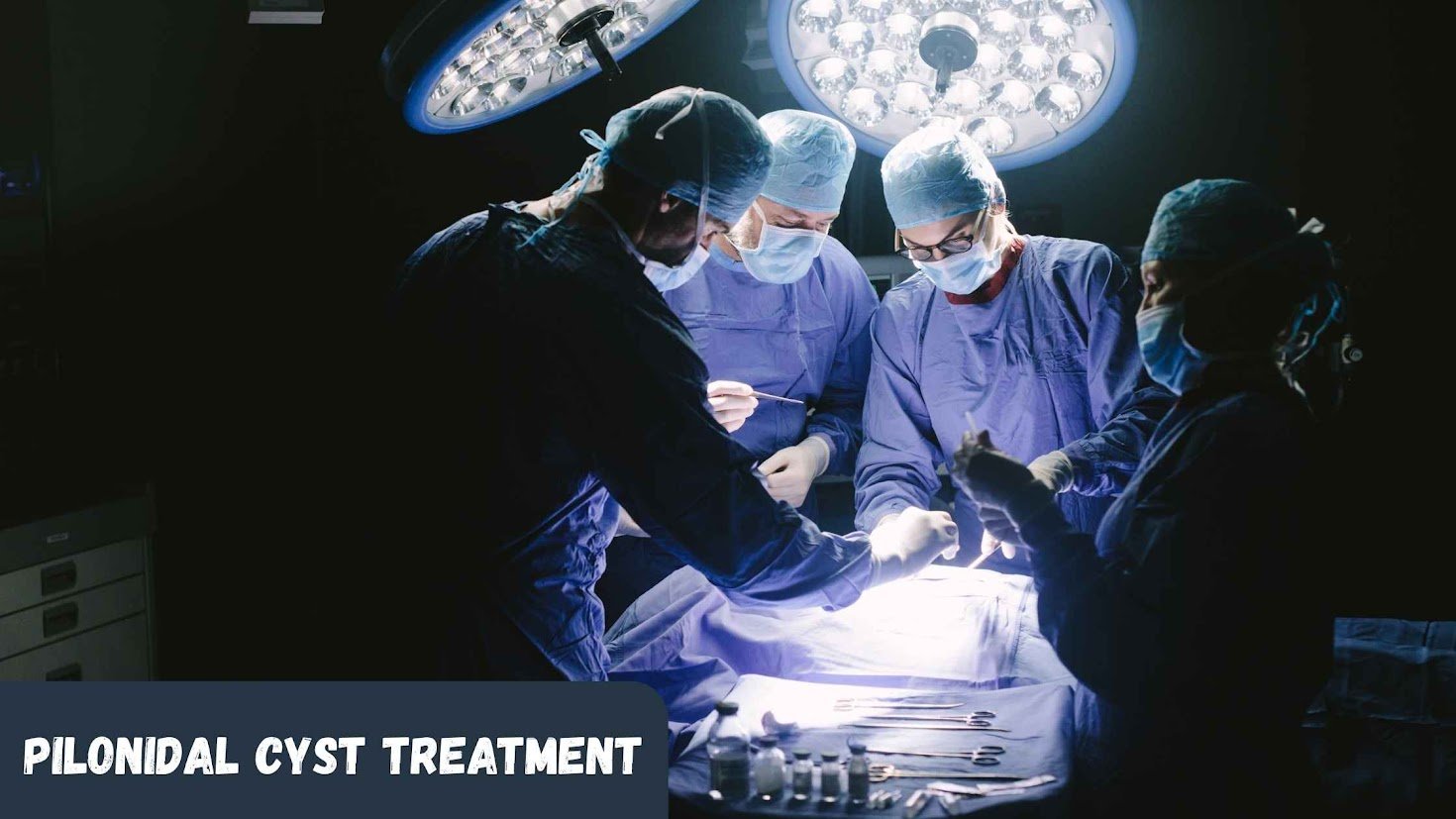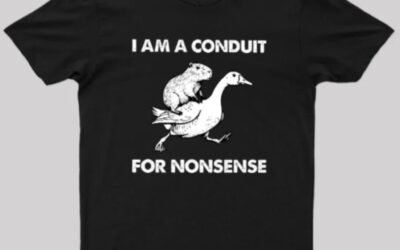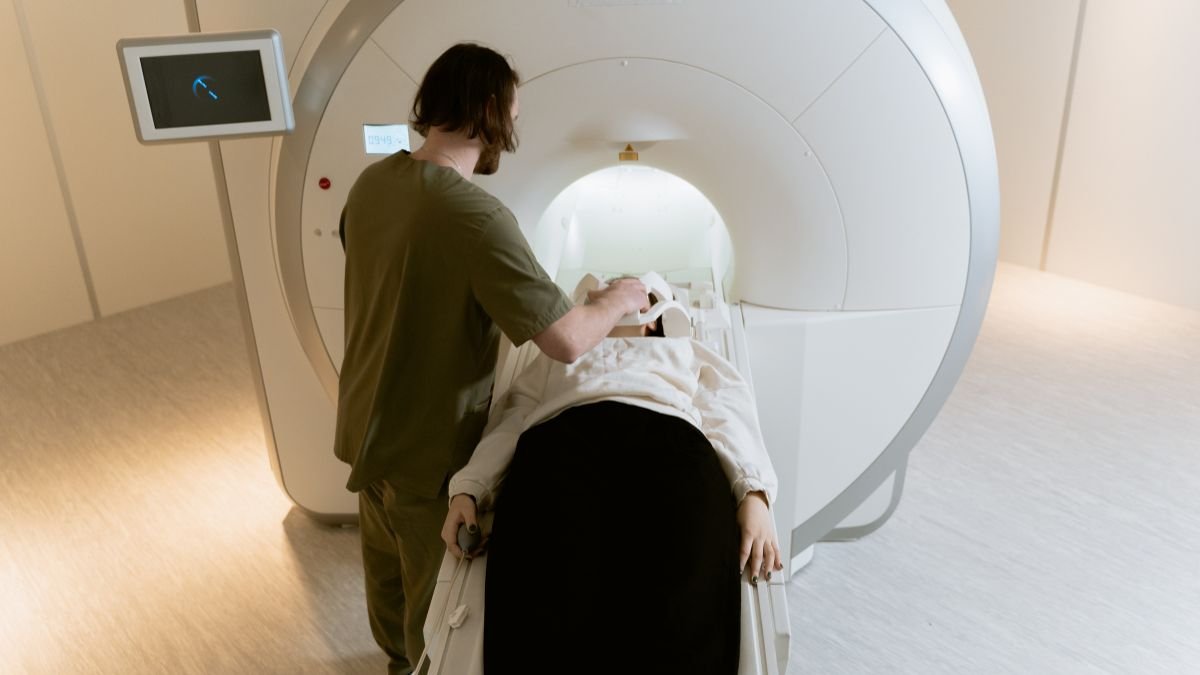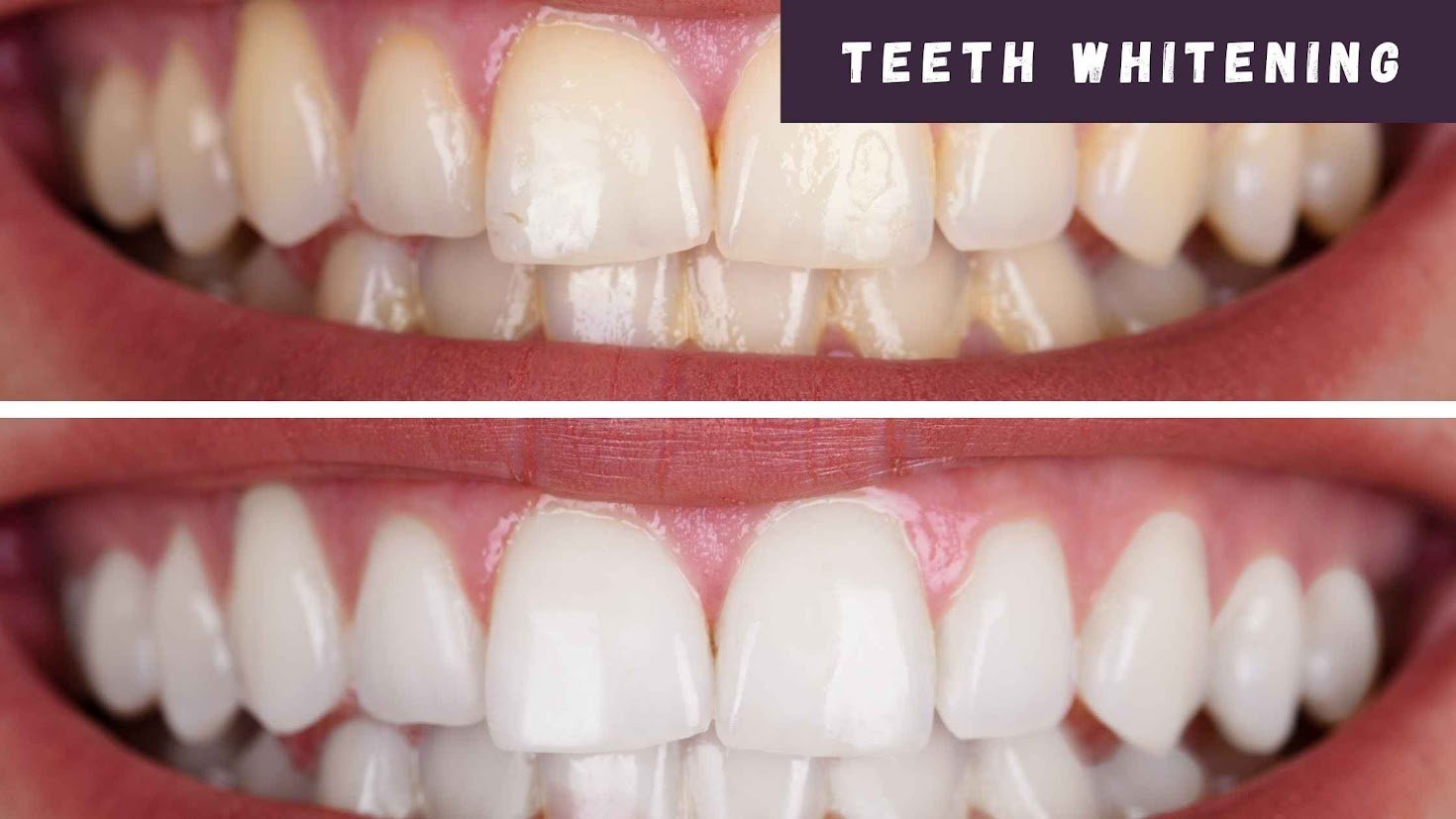Should You Pop a Pilonidal Cyst? Here’s What You Need to Know

“This page lists safe, efficient treatment solutions and describes the risks of popping a pilonidal cyst. Through skilled care, it directs patients toward appropriate pilonidal cyst treatment and long-term comfort.”
At Allen Kamrava MD MBA we know how much painful and frustrating a pilonidal cyst can be. While it might be tempting to pop it for immediate relief doing so is not a safe or lasting solution. Proper pilonidal cyst treatment is critical to prevent infection reduce pain and stop the problem from recurring. Let us guide you through why professional treatment is the best path forward.
Why You Should Never Pop a Pilonidal Cyst?
Although popping a pilonidal cyst could seem like a simple fix there could be major side effects. The cyst is likely to recur if the sinus tract underneath is not removed. Additionally popping may introduce bacteria which might exacerbate the infection and result in more pain, swelling or even the development of an abscess. It can delay appropriate medical care and result in scarring. To avoid long term discomfort, encourage healing and prevent recurrence professional examination and focused care are crucial. Avoid self treatment at all costs and always seek professional help.
Popping a cyst might seem like a quick fix. It may reduce pressure and drain pus temporarily. But it doesn’t remove the root problem the infected sinus tract beneath the skin.
Here’s what can happen if you try:
- Infection can worsen and spread
- Incomplete drainage can lead to more pain
- Scarring may increase future complications
- Recurrence becomes more likely
- It delays professional care
In short, popping provides short term relief with long term consequences.
What Is a Pilonidal Cyst, Exactly?
The pocket that forms near a tailbone and is packed with fluid hair and skin debris is called a pilonidal cyst. The area often gets inflamed when microorganisms infiltrate it resulting in pus, edema and redness.
Factors that contribute to cyst formation include:
- Ingrown hairs
- Prolonged sitting
- Friction or skin trauma
- Family history or deep natal clefts
Without the right care, this condition can become chronic.
Safe Pilonidal Cyst Treatments
We are Seeking advice from an expert is the first step if you are experiencing symptoms. Depending on your unique situation we provide a variety of pilonidal cyst therapies.
1. Incision and Drainage (I&D)
Ideal for infected or abscessed cysts. We make a small incision to drain pus and relieve pressure. While this doesn’t remove the tract, it manages infection and pain.
2. Excision Surgery
This is a more permanent solution. The entire cyst and sinus tract are removed. Depending on the case, we may use:
- Open healing
- Closed wound with stitches
- Minimally invasive approaches (cleft lift or pit-picking)
This treatment for pilonidal cyst helps reduce recurrence and supports long term healing.
3. Laser Hair Removal
After healing, removing hair from the area can help prevent future cysts. It’s a recommended part of a full treatment plan.
When to Seek Medical Help?
If you have experienced discomfort near the tailbone, redness, swelling or foul-smelling discharge or recurrent flare ups get medical attention. These symptoms could point to an infected pilonidal cyst that requires medical attention. Early action improves results lessens discomfort and avoids complications. Avoiding waiting for it to rupture prompt and the best pilonidal cyst treatment for recurring infections guarantees quicker recovery and reduces the chance of recurrence. For safe, efficient care rely on an expert.
Don’t wait for the cyst to burst or worsen. Contact us if you notice:
- Swelling near the tailbone
- Pain when sitting or moving
- Drainage or bleeding
- A foul odor
- Recurring infections
Even if the cyst seems minor, early intervention means simpler treatment and faster recovery.
Home Care vs. Professional Care
While at-home care can help reduce discomfort, it cannot replace medical expertise. Some tips to manage pain before your appointment include:
- Apply warm compresses
- Take over-the-counter pain relievers
- Avoid pressure on the area
- Keep the area clean and dry
However, none of these qualify as treatment pilonidal cyst options. Only professional care targets the actual sinus tract.
Why Choose Dr. Kamrava for Your Care?
Dr. Kamrava offers expert, minimally invasive pilonidal cyst treatments with personalized care plans and quick recovery options. Patients trust his experience, compassionate approach, and commitment to treating the root cause not just the symptoms for long-lasting relief.
We understand that pilonidal cysts are both painful and personal. At our clinic, we offer:
- Personalized treatment plans.
- Minimally invasive techniques.
- Quick recovery options.
- Support through every stage of healing.
Our goal is to treat the root not just the symptoms. That’s why patients trust us for effective, compassionate care.
Common Questions from Patients
- Can I treat a pilonidal cyst at home?
No. At-home care may relieve pain but doesn’t treat the source. Medical evaluation is necessary.
- Will the cyst go away on its own?
Rarely. It may reduce temporarily but often returns without surgery or professional care.
- Is the procedure painful?
We use local anesthesia to ensure comfort. Recovery varies by patient, but most experience relief within days.
- How long is the recovery?
For simple drainage, just a few days. Surgical recovery can take 2–4 weeks, depending on the approach used.
Conclusion
Popping a pilonidal cyst may seem like a fast fix, but it can lead to more harm than good. At Allen Kamrava MD MBA, we provide expert care designed for lasting relief. Our advanced treatment options target the root cause, not just the symptoms. Don’t risk infection or chronic issues reach out to our team for safe, effective solutions and the support you need to heal with confidence.











